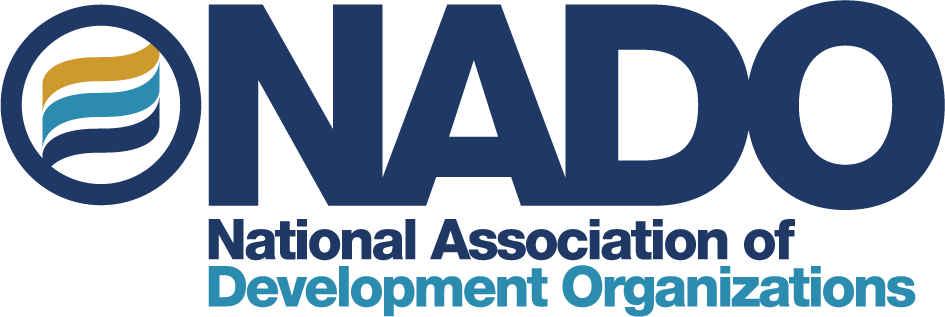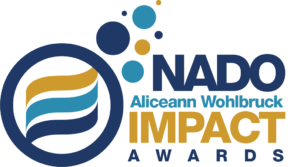![]()

Engaging students in community development work is (much like teaching) more of an art form than a science. Teens’ schedules, needs, interests, and motivations for participating in the public process are often different than adults. Coordinators therefore should be flexible and accommodating when working with students on these projects. The following are best practices and lessons learned that came out of the Brownsville’s Students in Action experience that educators, community leaders, and students may consider when pursuing their own local community development projects involving youth.
For Students:
Be proactive. Student participation in local community decision making is not the norm in most towns. You must be proactive in getting involved and becoming part of the process. While teachers and community members play a key role in creating the space for this to happen, as students you must take ownership of an issue and see it through. Brownsville Area High School student Franchesca Legros advises: “If you want something to happen, you have to initiate the movement; you have to lead others; you have to keep your head up and never take no for an answer.”
Make your voice heard. We often hear adults say that “age is just a number.” But that mentality also applies to younger people, as well. Being younger doesn’t mean that your ideas are less important, valuable, or deserving to be heard. Let your friends, family, and neighbors know how you feel about your town. What do you like? What don’t you like? What would you like to see changed? “By expressing your ideas, you are sure to find that there are others with the same goals as yourself and together you can make a difference,” says Brownsville student Chelsea Gump.
Talk to your family, neighbors, and older residents. Chelsea, Franchesca, and other students at Brownsville High spoke to family members and older residents who remembered the town as a very different place from what it is today. Having that connection to the past can play an important role in setting a vision for a better future and provide a strong foundation for kickstarting a community project.
Find opportunities to think big. Inspired by the possibility of winning the Jefferson Award, the Brownsville students sought opportunities to make a difference in their small community. Talk to teachers and go online to learn about similar local/state/federal awards and service opportunities to become more involved in community work. While not solely motivated by the prospect of winning, having a concrete goal such as the Jefferson Award was an additional incentive for the Brownsville students to seek an opportunity to improve their town.
Step outside your comfort zone. Becoming part of the community development process can be scary. Many adults are often intimated themselves, particularly by public speaking, voicing an opinion, or having to work in a group. Developing these skills now, in high school, will serve you well in the future, wherever your job or career takes you. The Students in Action team presented their plans in public meetings, met with local, state, and national officials, and participated in fundraising activities. By doing so, they gained confidence and understood that they, too, could be an important and respected part of the public process in their town.
For Educators/Youth Coordinators/Community Leaders:
Work with schools and student organizations. Partnering with schools, particularly student organizations, can be an effective way to connect with students and get them involved in the process. Brownsville teacher and advisor Kelli Dellarose decided to link the Students in Action team with the school student council, so that when the seniors graduated, the underclassmen would maintain momentum because they were already part of the project. Other student groups also have this “institutional memory” which can help keep a project going for years even as students graduate.
Have students take ownership of the project. “Find something the students are interested in and have them take ownership of it,” says Dellarose. This connection to a particular project and the community as a whole has driven the Students in Action team from the start. “I am taking action now, so many years down the road when I return to this nostalgic town it will be a beautiful place to raise my family,” says Franchesca.
Help students set realistic “mini-goals.” As public officials and residents involved in community development know all too well, projects can take years to complete – possibly longer than a student is in high school. Therefore, it is necessary to be upfront and candid with students about the often slow nature of community development work. “It’s important to explain to students that the project is not going to happen in six months,” says BARC’s Norma Ryan. “You have to be careful to make sure students don’t lose interest when things start going slow.” Dellarose agrees, noting the importance of “creating a timeline and setting mini-goals” for the project. Getting the students involved in fundraising – as the Students in Action team is currently doing – is a way for students to see an incremental, yet critical aspect of the project.
Provide positive reinforcement. Because these projects may be the first time that students are actively involved in the community or working directly with local decision makers, providing positive reinforcement and genuine encouragement along the way is extremely important. “You must constantly reinforce the students,” says Dellarose. “A boost to the ego can get things moving” in the right direction. “We wanted to instill in the students that you can have a goal, an idea, a dream,” remarks Ryan.
Inspire younger people with your stories. Your own stories and recollections about your community – its history, people, culture, and identity – can be a very powerful force in motivating young people to learn more about their hometown and get involved in local efforts. In communities that have struggled economically in recent years and show visible signs of decay in vacant storefronts and empty streets, these stories are a critical source of inspiration for younger people who never saw (or dreamed) about their town any other way.
_____________________________
The work that provided the basis for this publication was supported by funding under an award with the U.S. Department of Housing and Urban Development. The substance and findings of the work are dedicated to the public. The author and publisher are solely responsible for the accuracy of the statements and interpretations contained in this publication. Such interpretations do not necessarily reflect the views of the Government.




